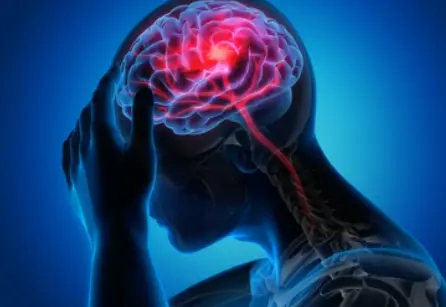 Welcome
Welcome
“May all be happy, may all be healed, may all be at peace and may no one ever suffer."
- A
- B
- C
- D
- E
- F
- G
- H
- I
- J
- K
- L
- M
- N
- O
- P
- Q
- R
- S
- T
- U
- V
- W
- X
- Y
- Z
Tuberculosis - Generics
Tuberculosis (TB) is an infectious disease caused by the bacterium Mycobacterium tuberculosis. TB primarily affects the lungs but can also affect other parts of the body, such as the kidneys, spine, and brain. TB is spread through the air when an infected person coughs or sneezes, and it can be transmitted from person to person.
Symptoms of TB
The symptoms of TB can vary depending on which part of the body is affected. Symptoms of TB in the lungs may include:
- Coughing that lasts for more than three weeks
- Chest pain
- Coughing up blood or sputum
- Fatigue
- Weight loss
- Night sweats
- Loss of appetite
TB that affects other parts of the body may cause additional symptoms, such as back pain if the spine is affected, or blood in the urine if the kidneys are affected.
Diagnosis of TB
TB can be diagnosed through a variety of tests, including a skin test, blood test, or imaging tests such as X-rays or CT scans. If these tests suggest TB, a healthcare provider may collect a sample of sputum or other bodily fluids to test for the presence of the bacteria.
Treatment of TB
TB is typically treated with a combination of antibiotics, which are taken for several months to eliminate the bacteria from the body. It's important to complete the full course of treatment, even if symptoms improve before the medication is finished. Failure to complete treatment can lead to the development of drug-resistant TB, which is much more difficult to treat.
Prevention of TB
TB can be prevented through several measures, including:
- Vaccination: The Bacille Calmette-Guérin (BCG) vaccine can provide some protection against TB, although its effectiveness varies.
- Screening: People who are at high risk of TB, such as those who live or work in crowded settings, or who have HIV, should be screened regularly for TB.
- Treatment of latent TB: People who test positive for TB but do not have active symptoms may be given medication to prevent the development of active TB.
Conclusion
TB is a serious infectious disease that can be fatal if left untreated. Early diagnosis and treatment are important for reducing the risk of complications and preventing the spread of the disease. Preventive measures such as vaccination and screening can help reduce the risk of TB, and it's important to seek medical attention if you experience symptoms or believe you may have been exposed to the disease.

Narcolepsy

Renal homotransplantation

Prophylaxis of surgical i...

Intra-abdominal infection...

Pain

Endophthalmitis

Premalignant cervical les...

Fungating tumors
Tuberculosis, যক্ষা
To be happy, beautiful, healthy, wealthy, hale and long-lived stay with DM3S.